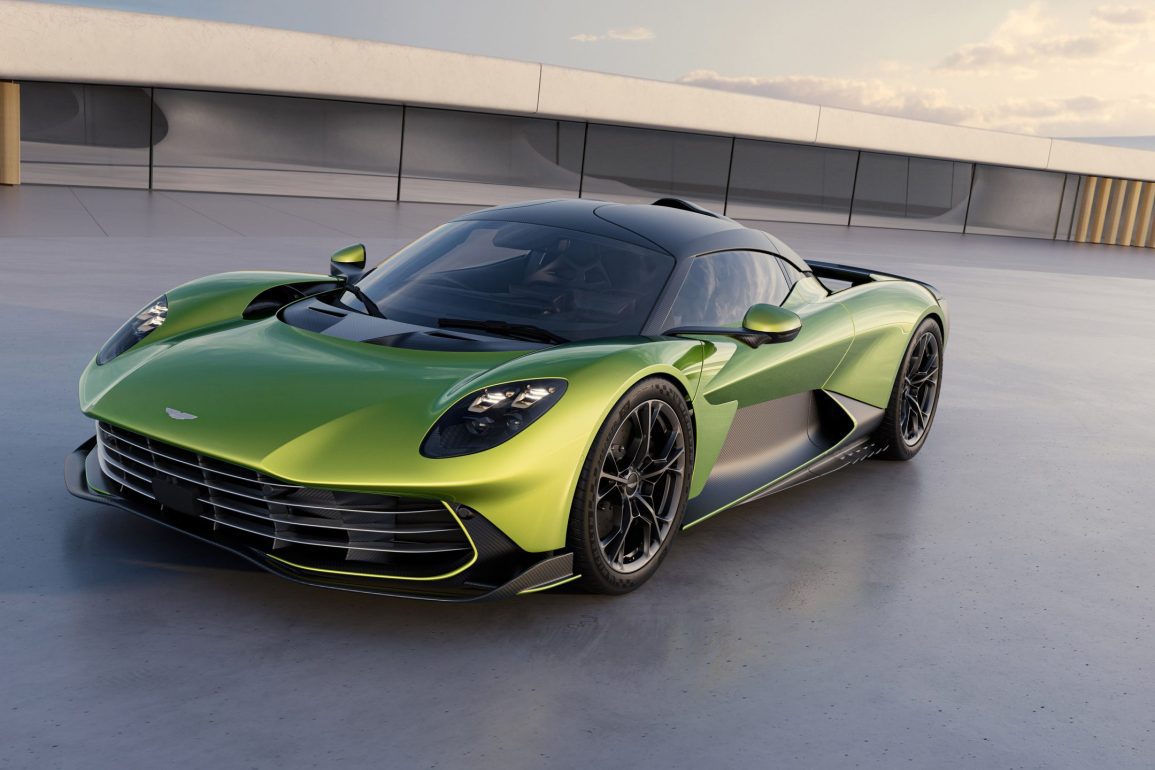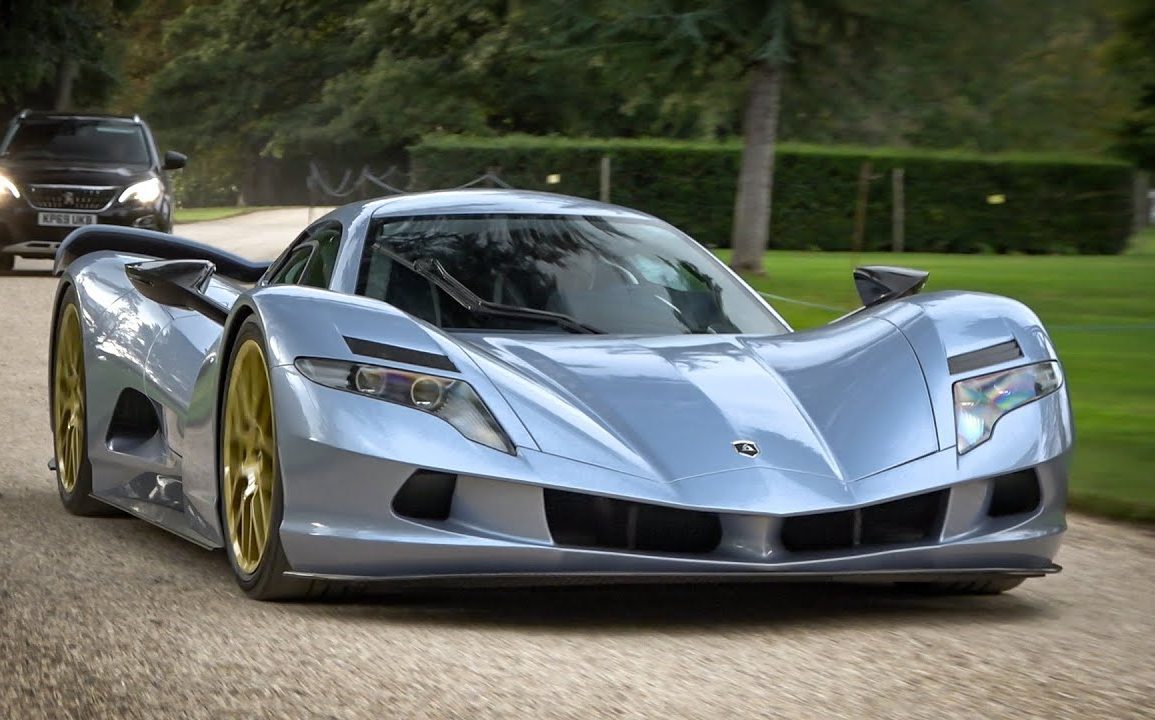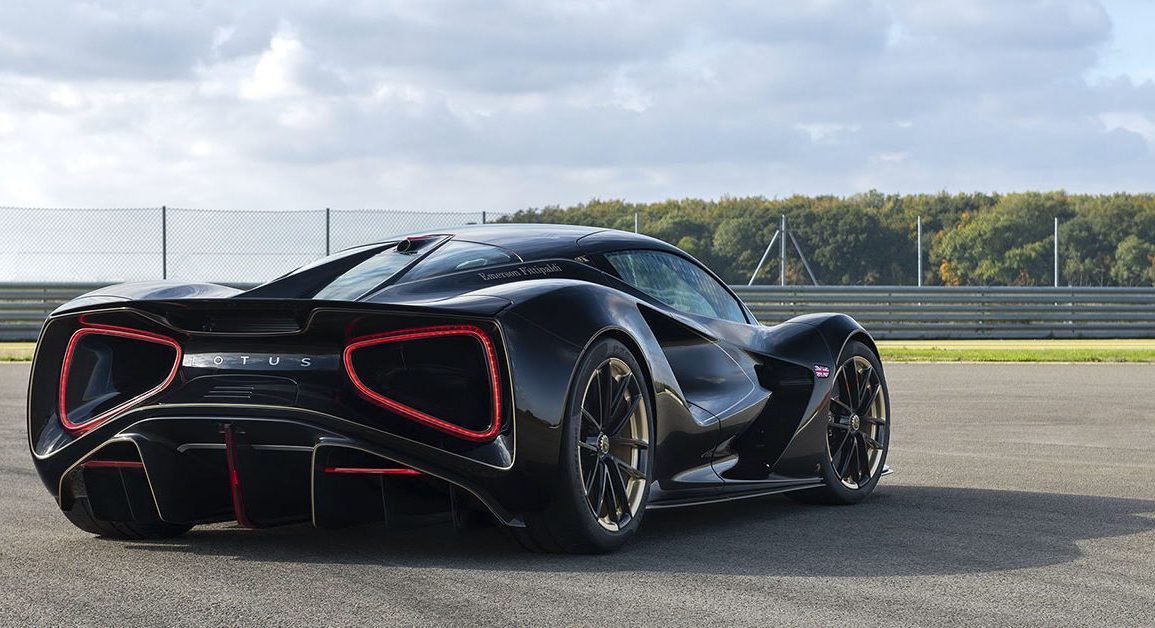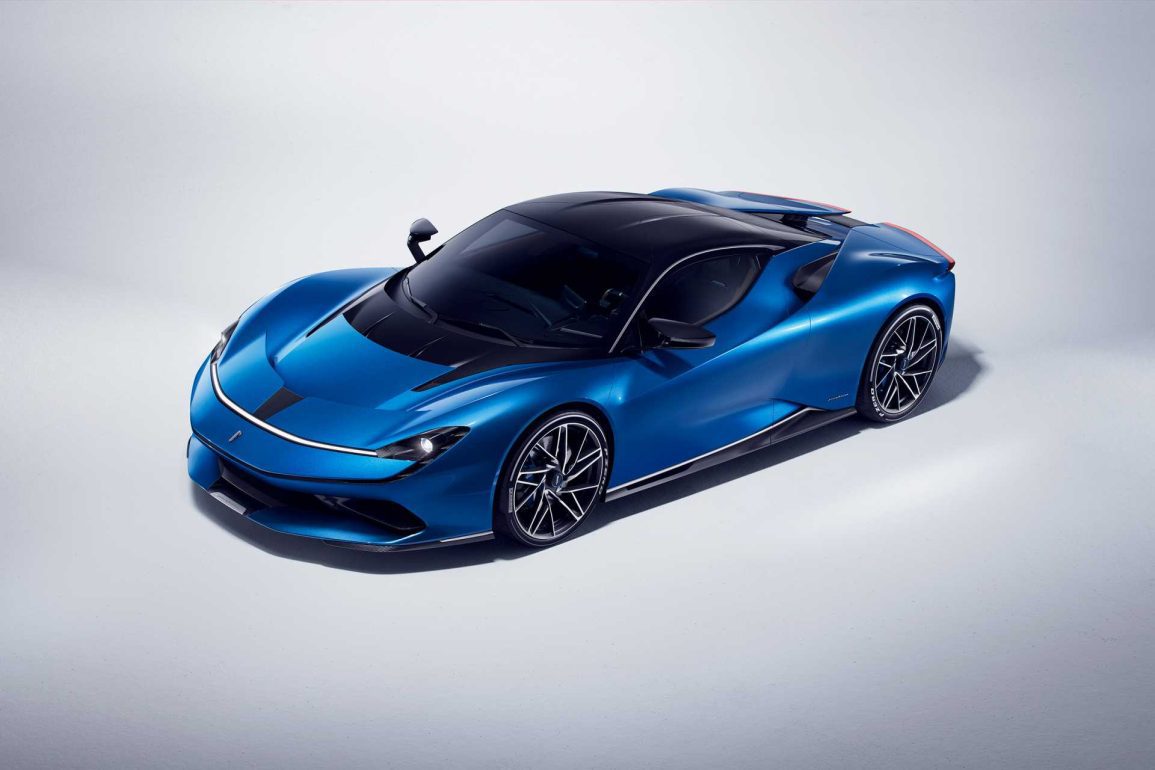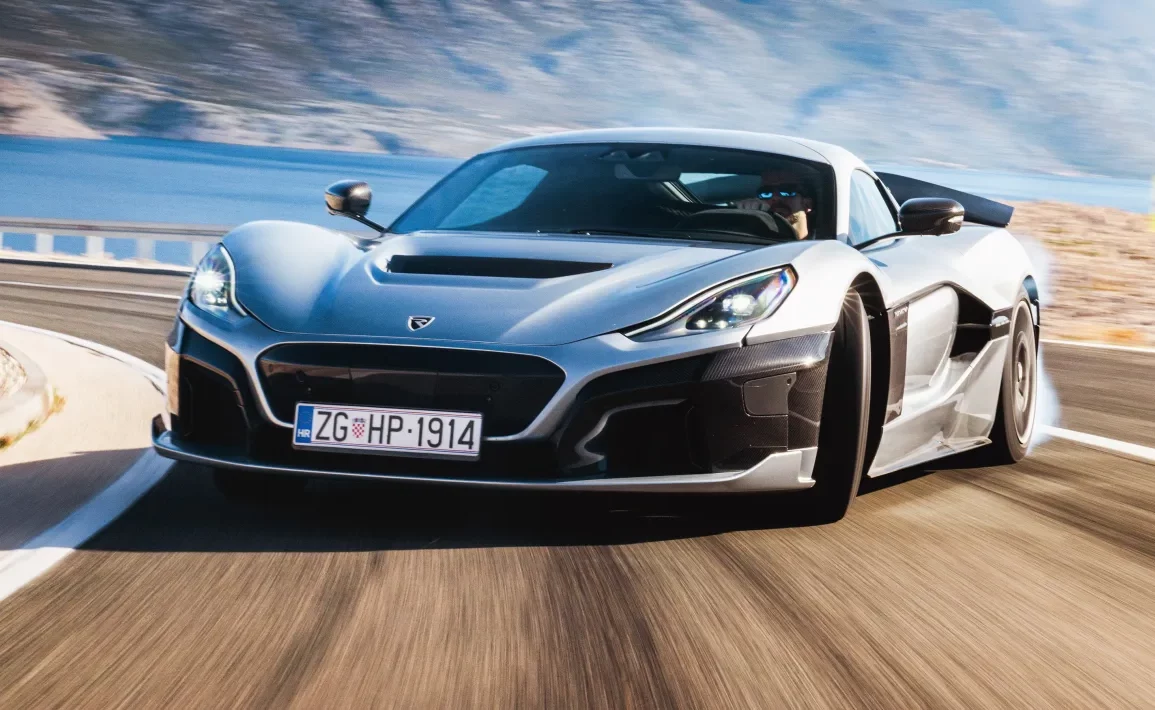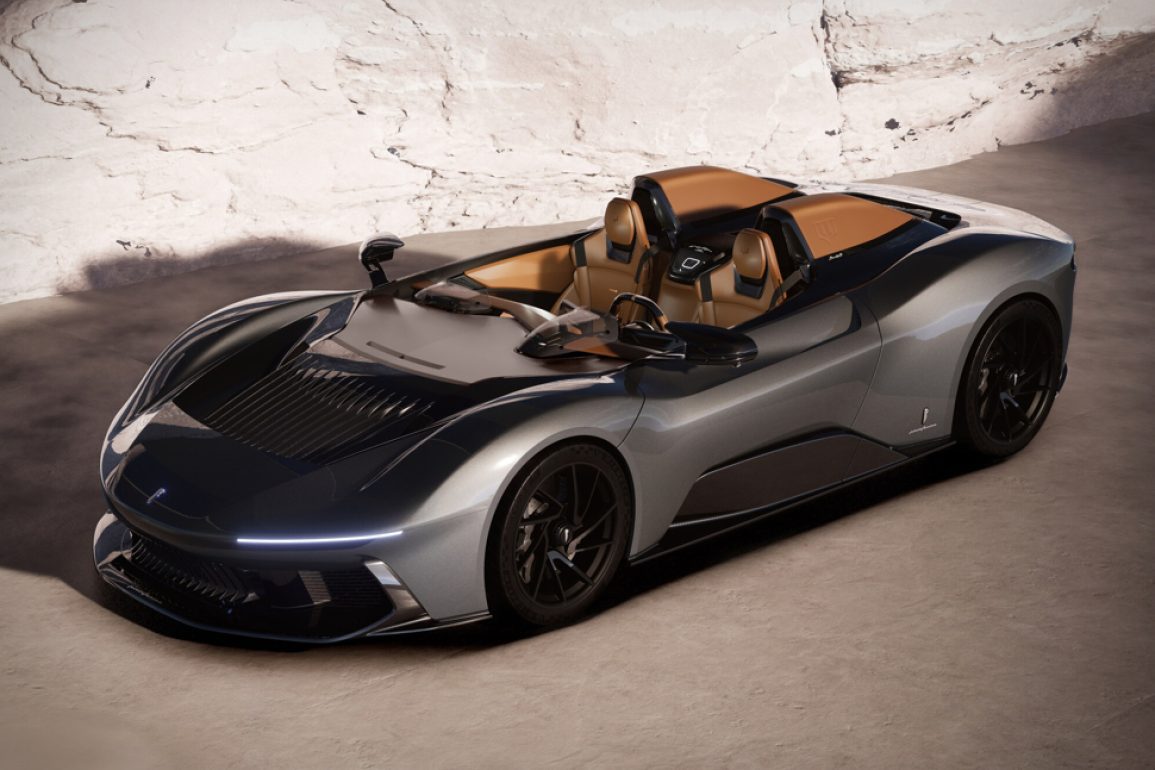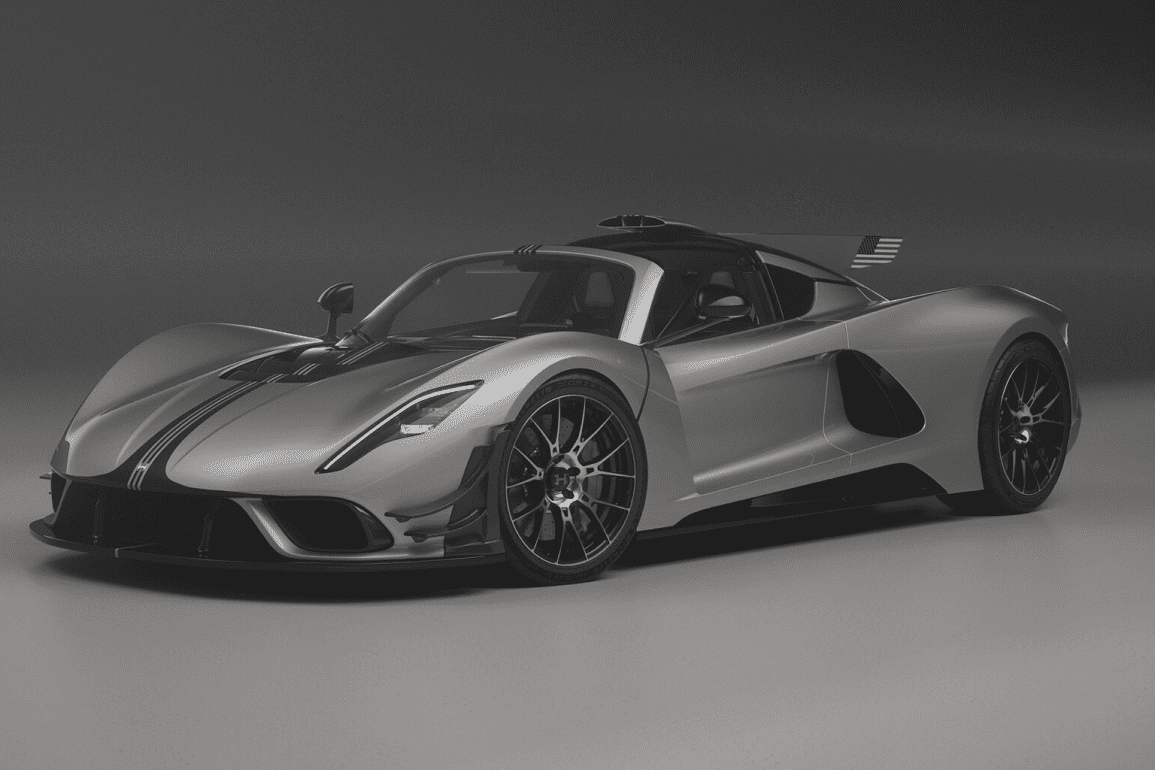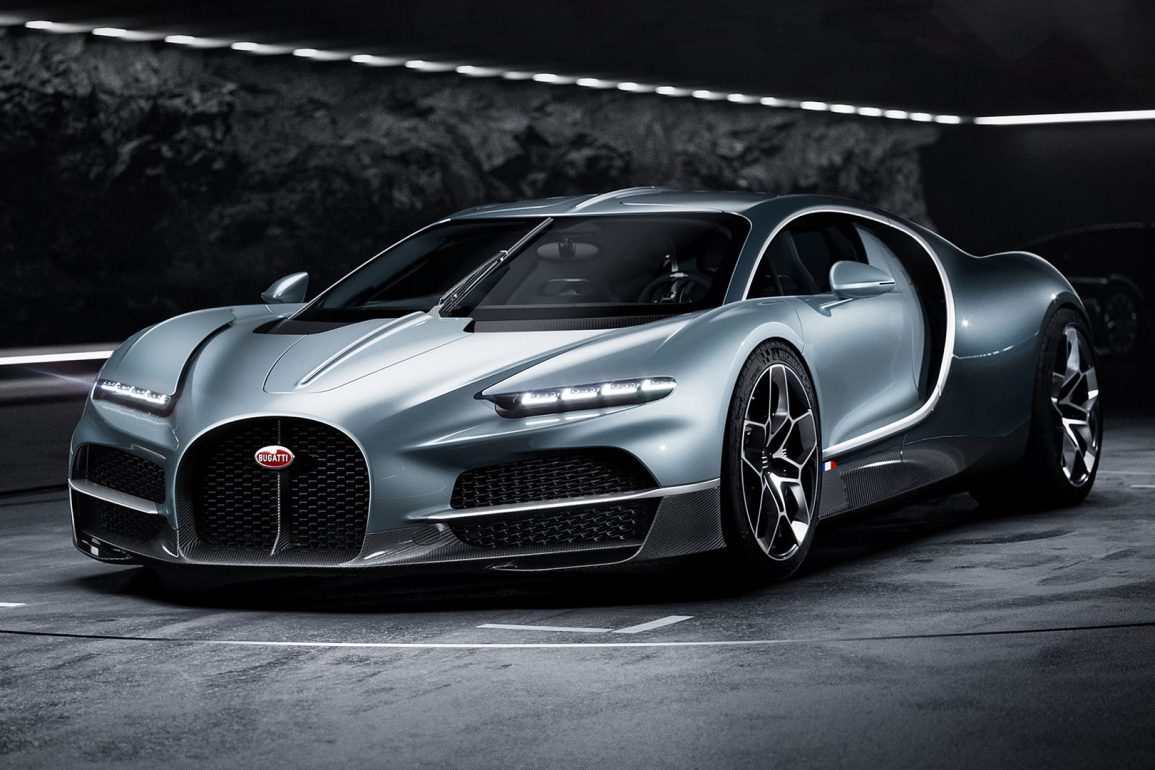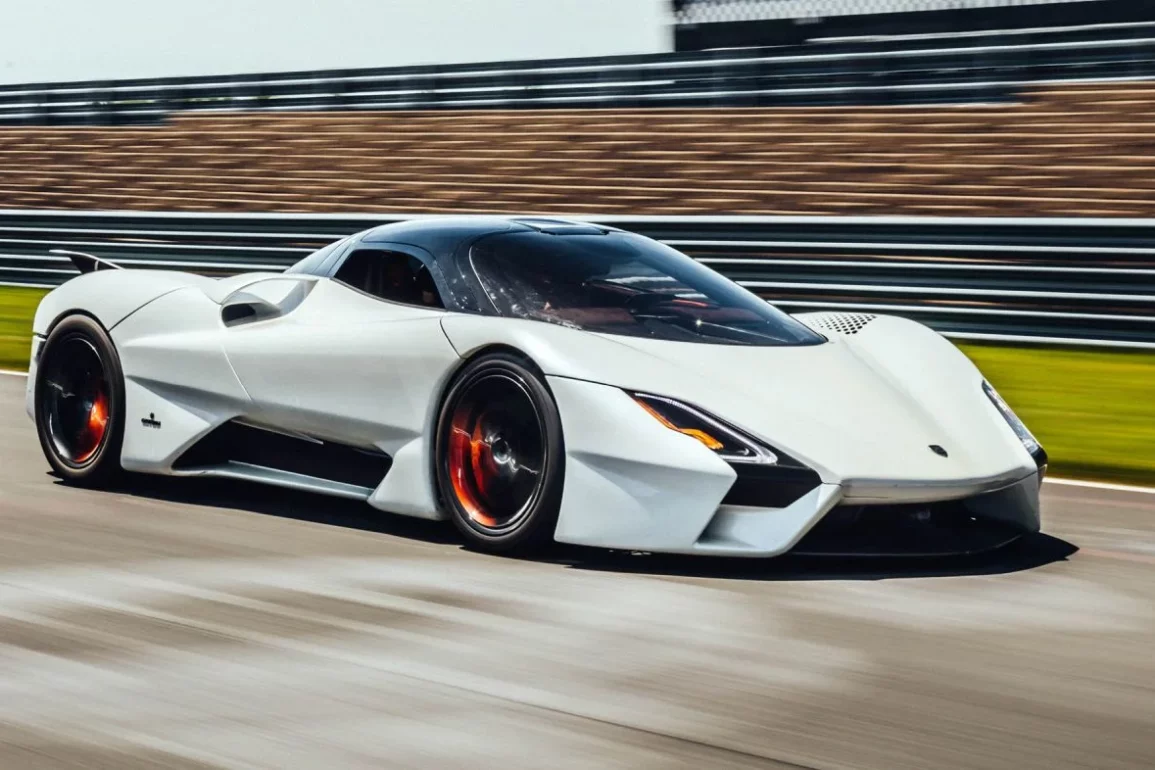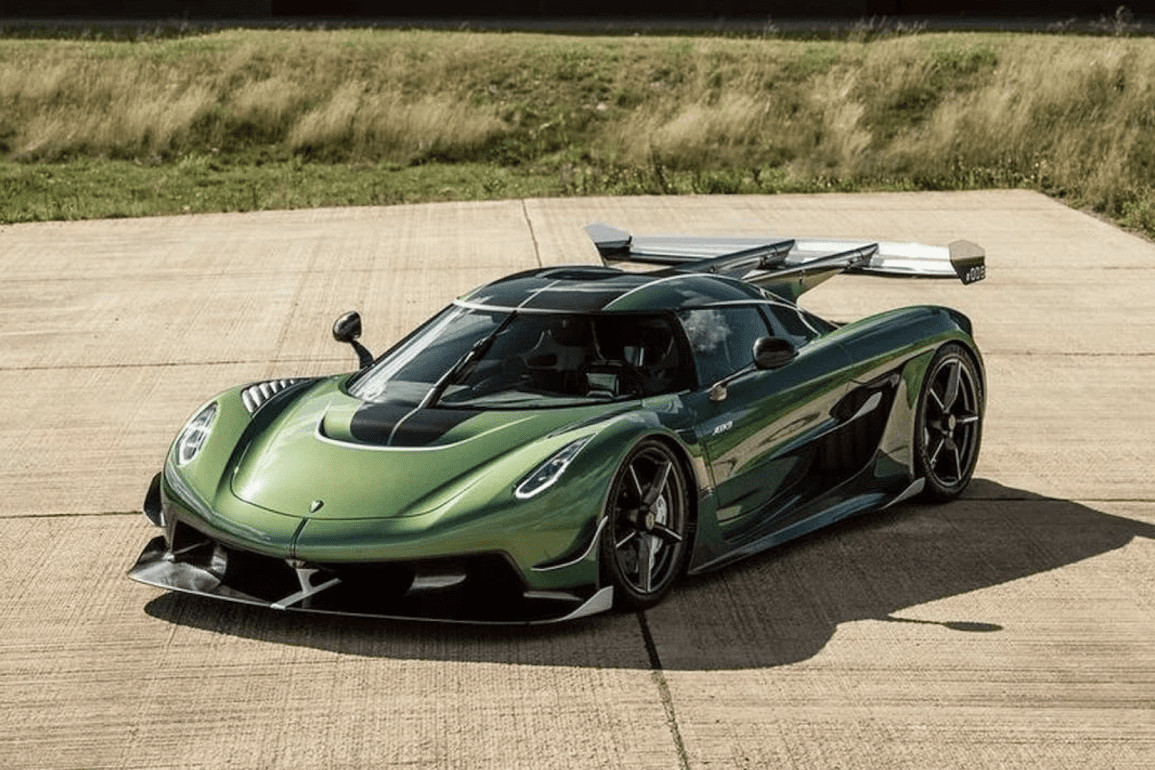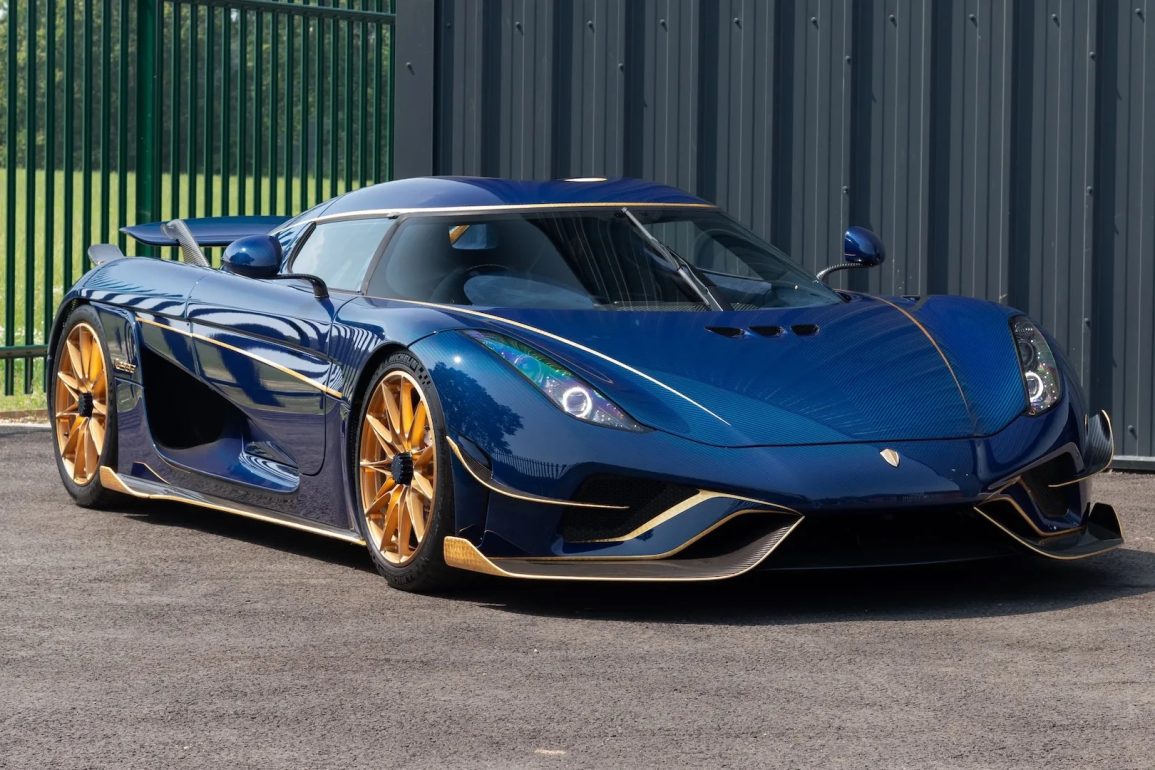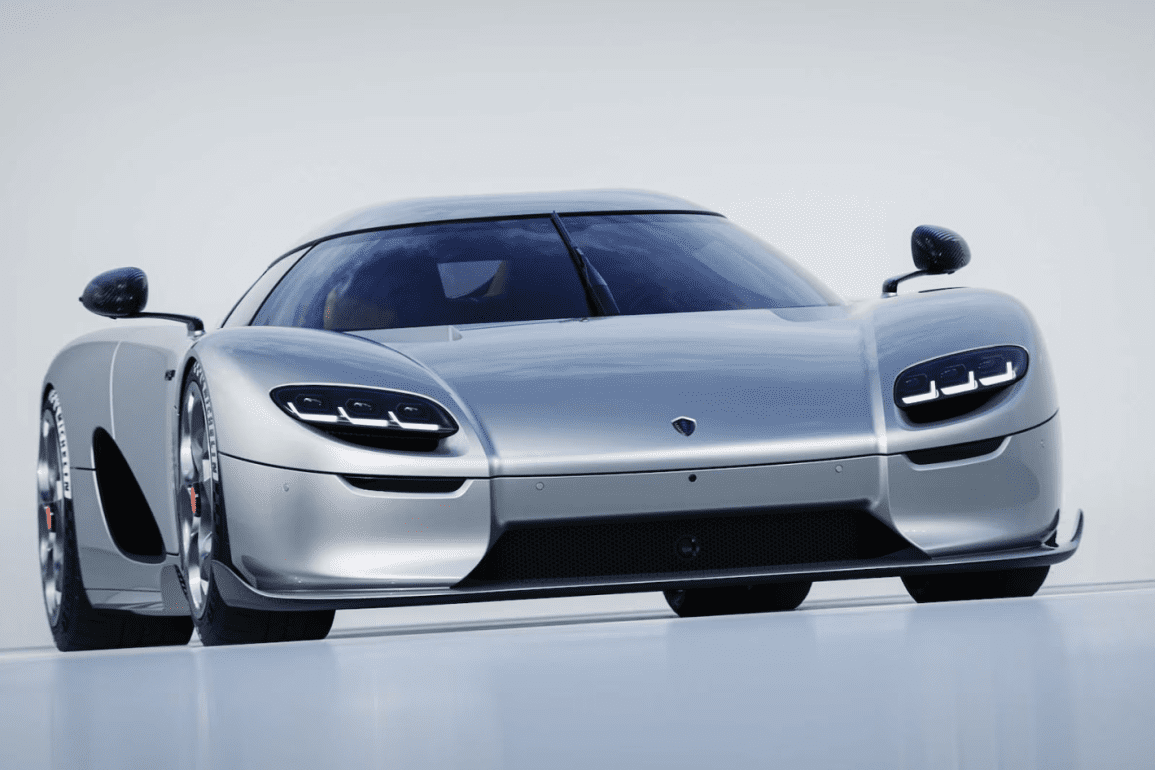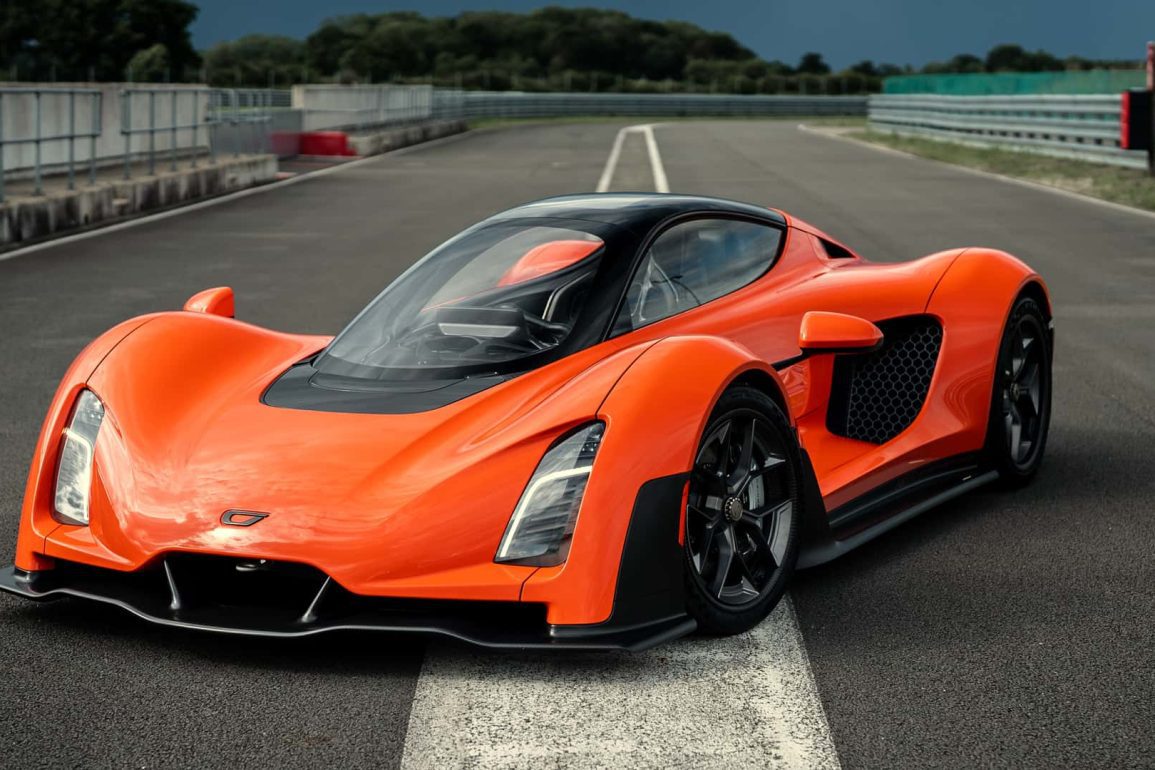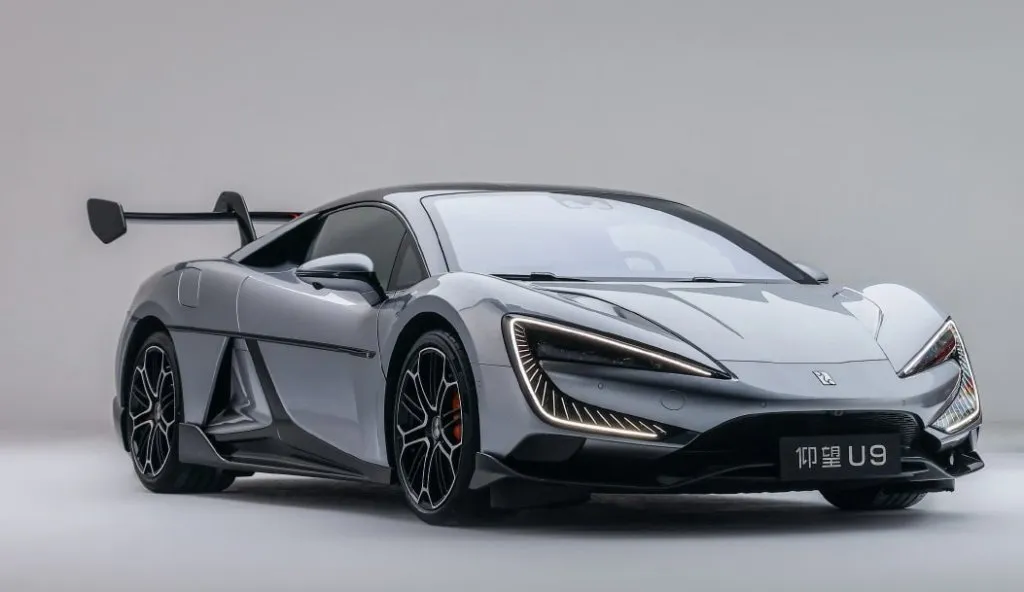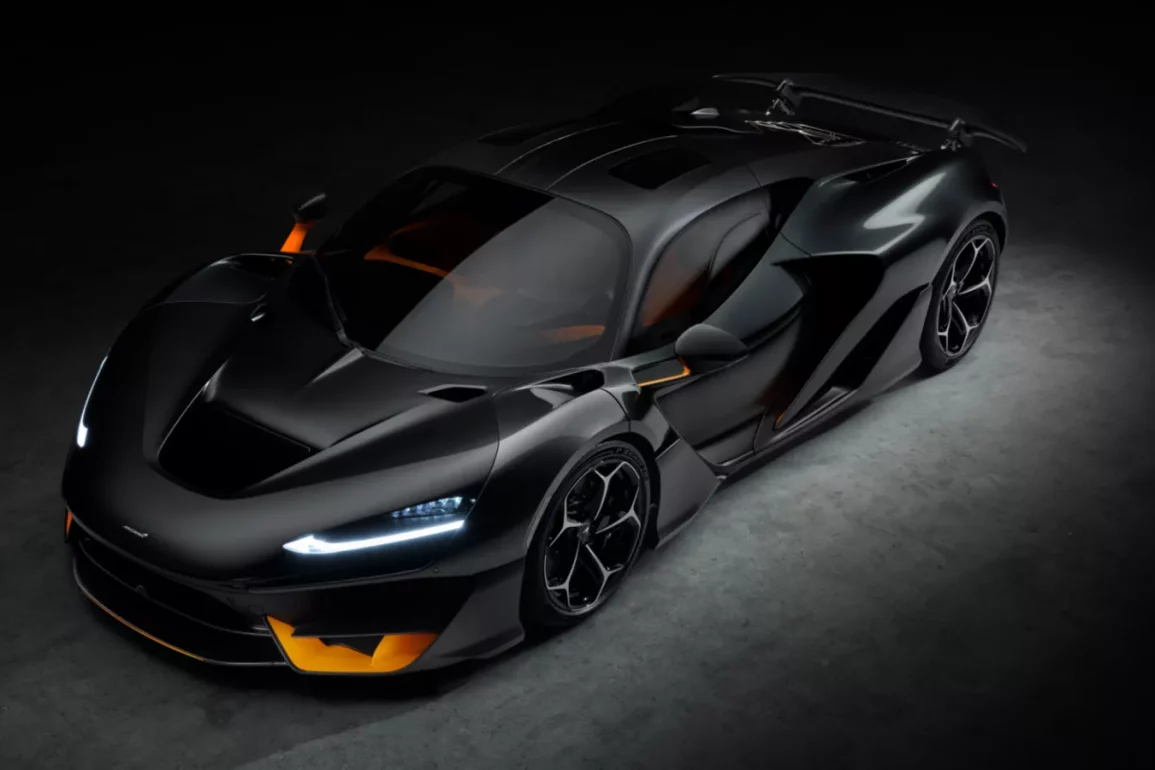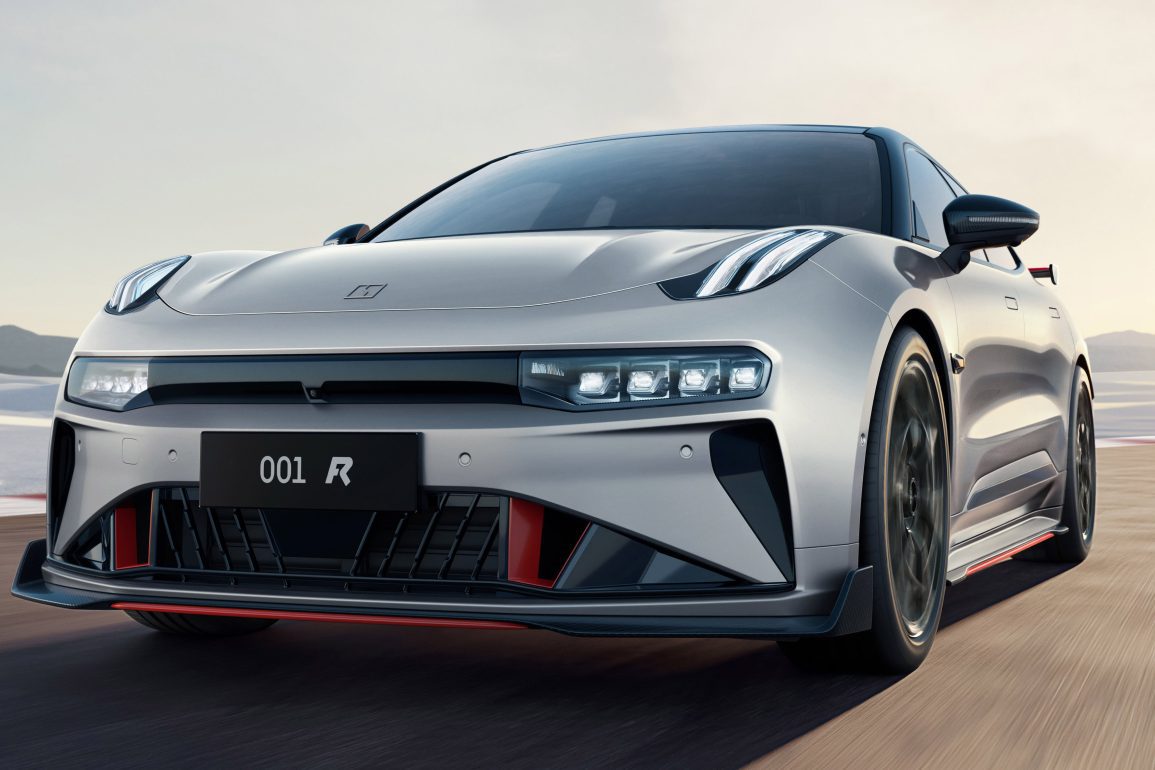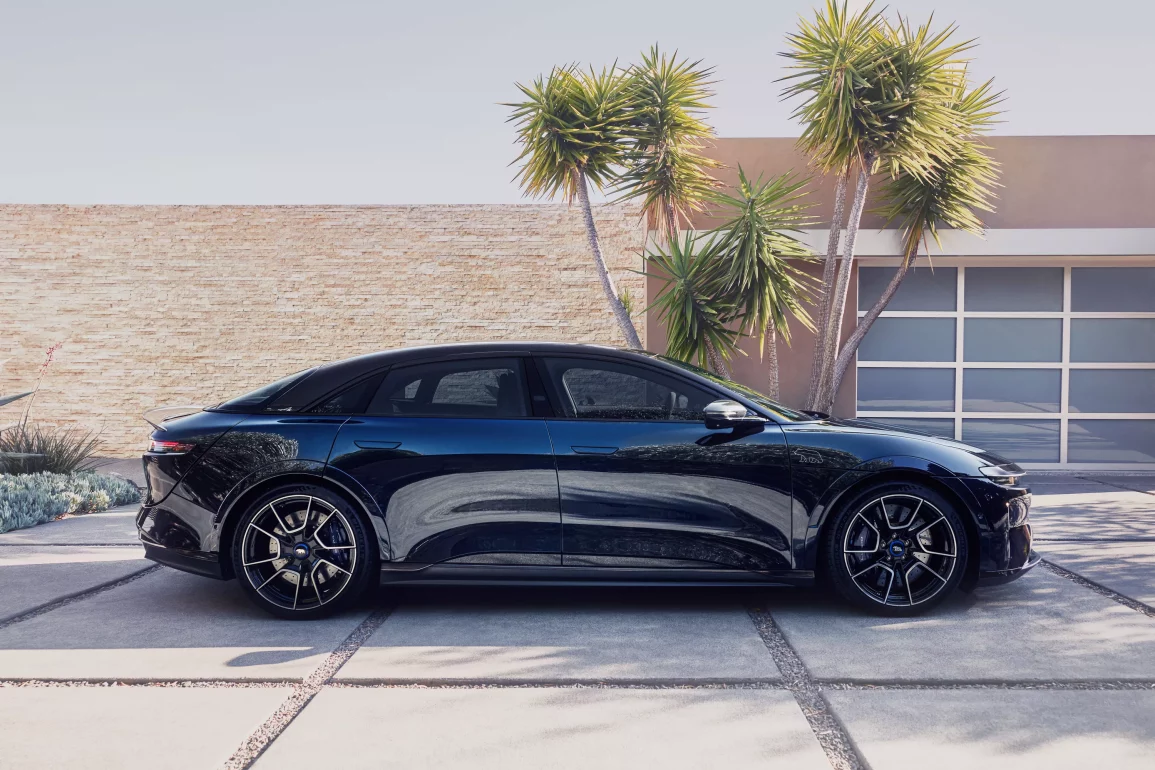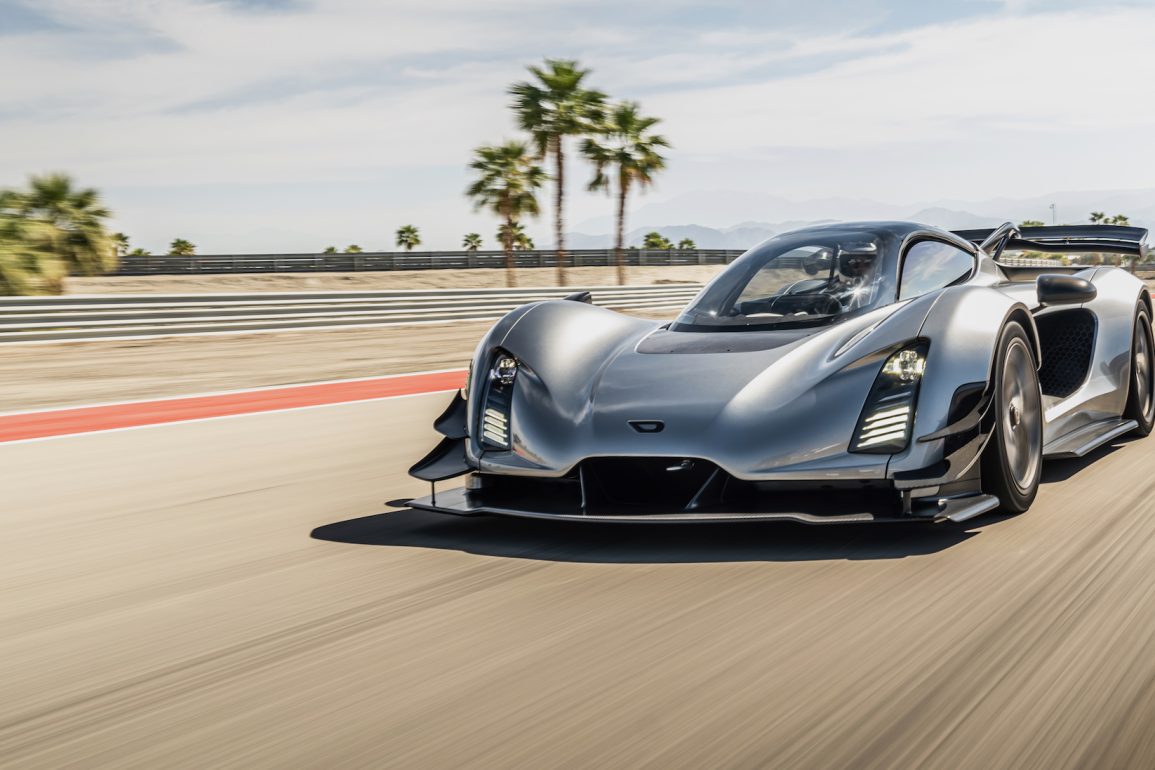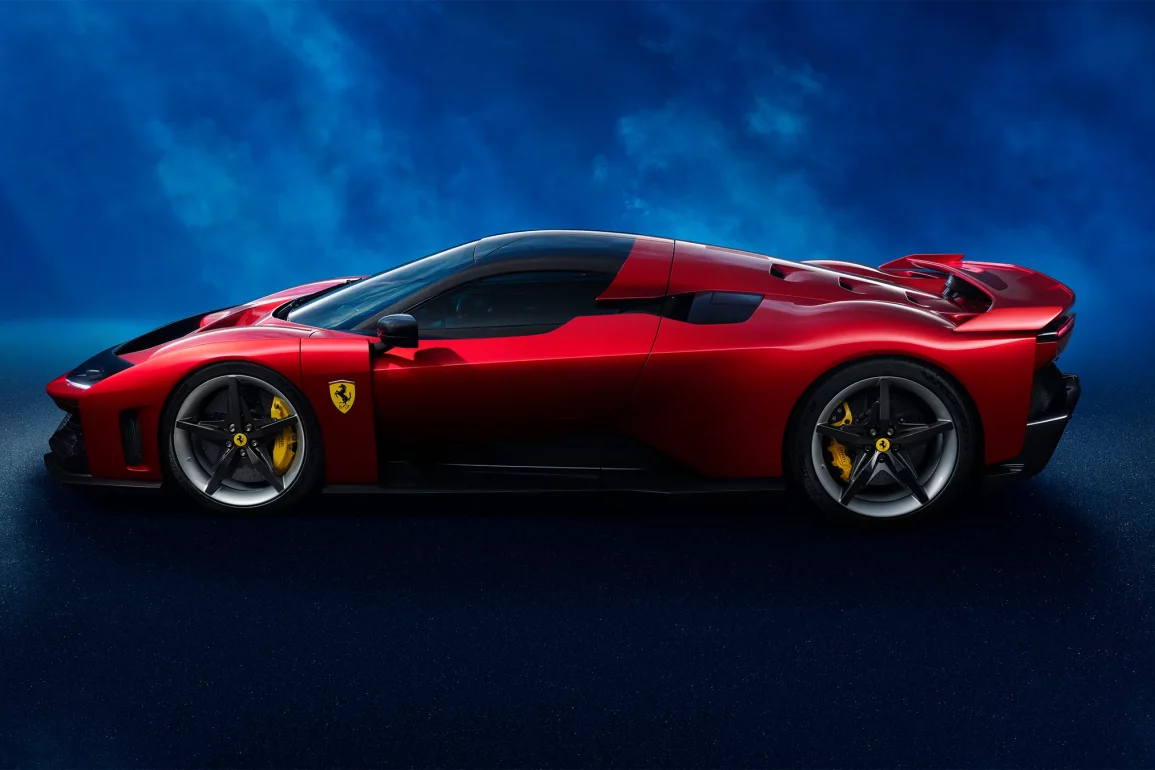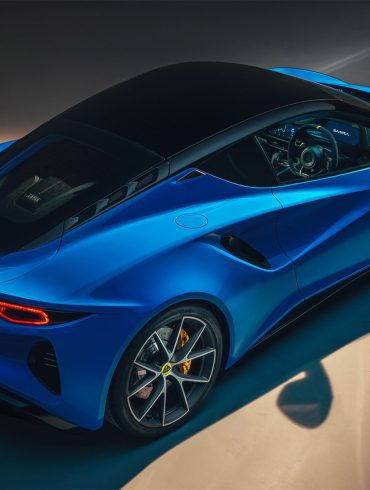The Most Anticipated Hypercars, Supercars & Sports Cars
The future of performance motoring is on the horizon, and it's looking brighter (and faster) than ever. This collection of the most anticipated hypercars, supercars, and sports cars offers a glimpse into the exhilarating machines that will soon grace the roads and racetracks, pushing the boundaries of speed, technology, and design. Get ready to feast your eyes on the automotive marvels that will redefine driving excitement and ignite the passions of enthusiasts worldwide.
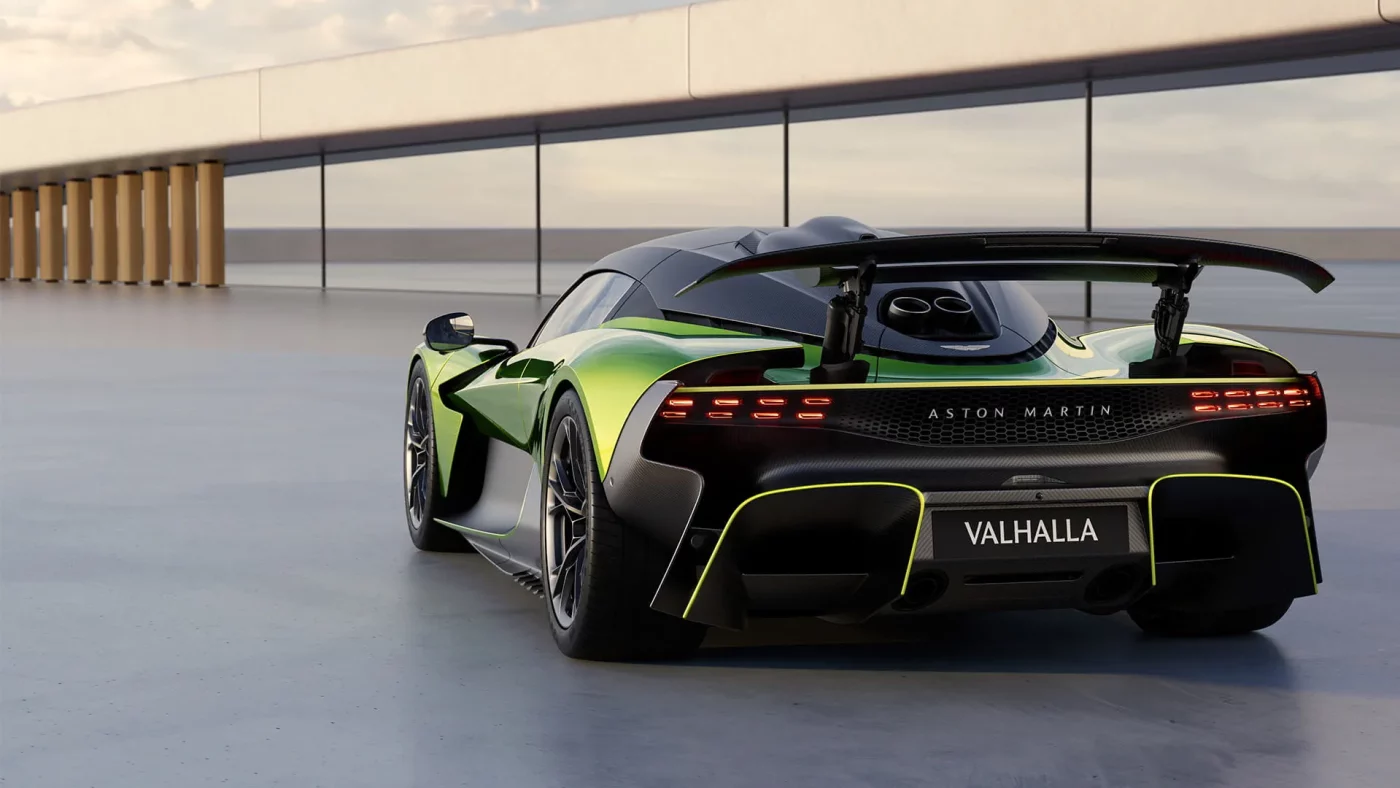
Unleashing the Future: Hypercars, Supercars & Sports Cars to Dream About and the Ones Coming Soon.
Article Quick Nav
About Our Selections
The automotive world is a relentless pursuit of innovation, a constant striving for the next level of performance, luxury, and driving exhilaration. And nowhere is that more evident than in the realm of hypercars, supercars, and sports cars. These are the machines that push the boundaries of what's possible, the vehicles that ignite our imaginations and fuel our automotive dreams.
This collection showcases the most anticipated performance cars that are poised to redefine the automotive landscape in the coming years. From groundbreaking electric hypercars that shatter acceleration records to track-focused weapons that redefine the limits of handling and aerodynamics, these machines represent the pinnacle of automotive engineering and design.
They are the cars that will set new benchmarks, inspire awe, and leave an indelible mark on the history of performance motoring. Prepare to be captivated by their breathtaking designs, their mind-bending performance figures, and their cutting-edge technology. These are the cars that will fuel our fantasies, ignite our passions, and redefine what it means to experience the thrill of driving. Welcome to the future of speed.
Tesla Roadster
0 to 60 mph in just 1.9 seconds.... one day...
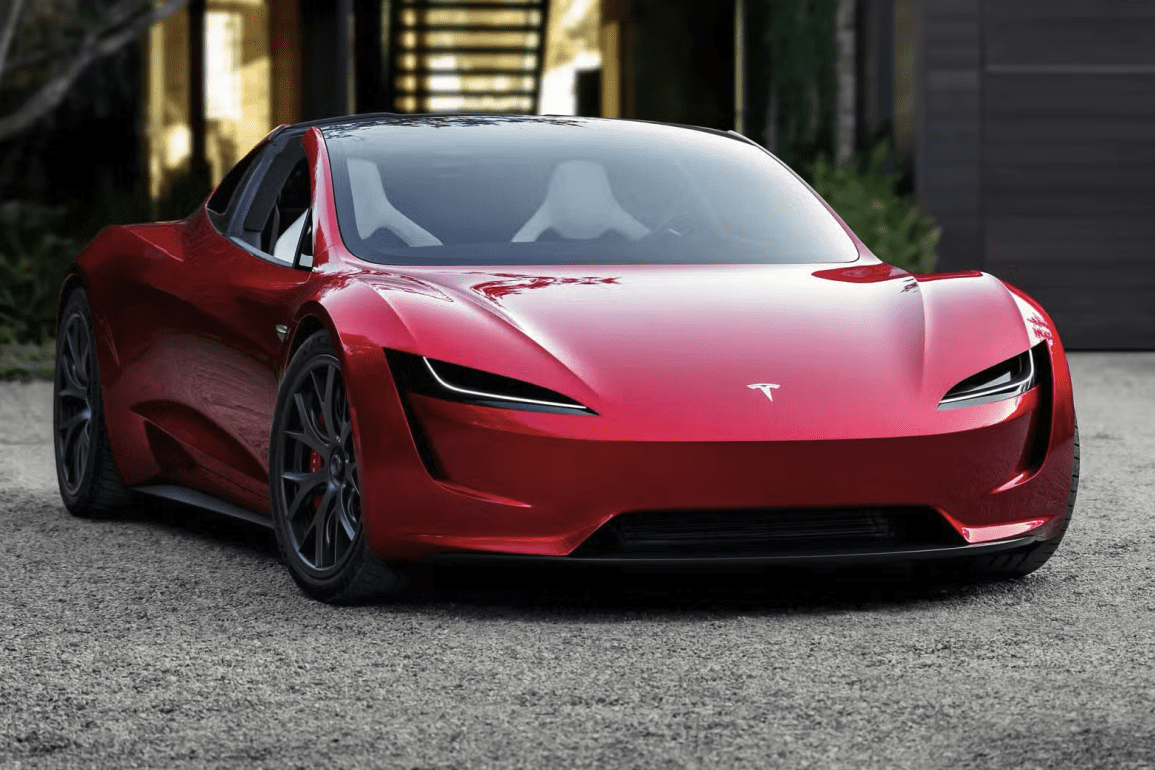
Why We Picked It:
By now you have all heard about Tesla’s latest F**ck You to the established supercar makers with the announcement of its new Roaster, due in 2020. It is the ultimate performance machine with insanely fast acceleration of 0 to 60 mph in just 1.9 seconds, 0 to 100 mph times of only 4.2 seconds and top speed north of 250 mph. This is for real.
What They're Saying
f
Aston Martin Valhalla
1,700 hp / 2,581 lb-ft
Why We Picked It:
The Aston Martin Valhalla is a substantially different car to the AM-RB003 concept that previewed it back in 2019. The AM-RB003, developed with the Red Bull Racing Formula 1 team and its design genius, Adrian Newey (now the managing technical partner of the Aston Martin F1 team), was intended to be powered by an Aston Martin–developed 3.0-liter twin-turbo V-6 engine with a hybrid system like that used on the Newey-designed Aston Martin Valkyrie hypercar. The production Valhalla, however, is a plug-in hybrid whose internal combustion engine is a bespoke flat-plane-crank version of the versatile Mercedes-AMG 4.0-liter twin-turbo V-8, with a pair of bespoke radial-flux permanent-magnet motors powering the front wheels and a third motor built into the car’s eight-speed dual-clutch transmission
This flat-plane-crank V-8 features new camshafts and exhaust manifolds as well as a pair of roller-bearing twin-scroll turbochargers that pump 20 percent more air than the turbos used on the DBX707 SUV’s engine. The result is 836 horsepower, but the output doesn’t end there. The three motors, fed by a 560-cell high-performance battery that uses a dielectric (non-conductive) liquid to keep it cool, add another 248 hp. Total system output is 1,064 hp and 811 lb-ft of torque. That’s enough grunt, Aston Martin says, to hurl the 3,650-pound Valhalla from 0 to 60 mph in less than 2.5 seconds on the way to an electronically limited top speed of 217 mph. The motors are here mainly for performance and handling, enabling instant-on torque fill and torque vectoring across the front axle, but in EV mode you can drive the Valhalla almost 9 miles using the front motors alone at speeds of up to 80 mph.
The 2025 Aston Martin Valhalla’s light weight is courtesy of a carbon-fiber monocoque tub, the lower section of which weighs just 164 pounds. Designed by Aston Martin Performance Technologies, the engineering consulting arm of the Aston Martin F1 team, the tub features aluminum subframes front and rear to locate the front and rear suspension, the front motors, and the internal combustion engine and transmission located behind the cabin. The front suspension is an F1-style pushrod setup with inboard-mounted springs and shocks that enable improved airflow in the front wheelwells. The rear suspension is a five-link system. The shocks are Bilstein DTX adaptive items.
What They're Saying
Let's see if we even get to see the car in 2025. Aston Martin has a lot on its plate.
Aspark Owl
1,985 hp / 1,475 lb-ft
Why We Picked It:
The f
What They're Saying
f
Lotus Evija
1,972 hp / 1,254 lb-ft
Why We Picked It:
The f
What They're Saying
f
Pininfarina Battista
1,900 hp / 1,741 lb-ft
Why We Picked It:
The f
What They're Saying
f
Rimac Nevera
1,888 hp / 1,741 lb-ft
Why We Picked It:
The f
What They're Saying
f
Pininfarina B95
1,877 hp / 1,741 lb-ft
Why We Picked It:
The f
What They're Saying
f
Hennessey Venom F5
1,817 hp / 1,193 lb-ft
Why We Picked It:
The f
What They're Saying
f
Bugatti Tourbillon
1,775 hp
Why We Picked It:
Under Mate Rimac's leadership, the new Bugatti was expected to employ a hybrid-electric-and-combustion powertrain with enough boost to blast the car to Mars. The Tourbillon features not the iconic W-16 that has been the heart and soul of Bugatti for some 20 years, but an all-new 8.3-liter V-16 mounted amidships combined with three electric motors totaling 1775 hp. While the new car clearly uses Bugatti's design language, there's plenty new here. Styling is subjective, but speed is not; the Tourbillon's projected numbers are extreme. The car's overall shape is strikingly unique—yet clearly Bugatti. The center spine draws from the Type 57 SC Atlantic of the 1930s, one of the most beautiful cars ever made.
Like the Chiron, the Tourbillon's power turns all four wheels, but it does so in an entirely reimagined way. The Tourbillon ditches the Chiron's quad-turbo 8.0-liter W-16 for an entirely new 8.3-liter V-16 with a cross-plane crank—the 16-cylinder equivalent of a flat-plane V-8—that spins up to 9000 rpm and is good for 986 horsepower and 664 pound-feet of torque. Cosworth helped develop the engine, which surprisingly eschews forced induction for natural aspiration. The Tourbillon's powertrain story extends beyond its high-revving internal-combustion engine. The V-16 gets a boost from a trio of electric motors: two at the front axle and another at the rear. In all, the three motors make 789 horsepower. Add the engine to the mix, and the Tourbillon powertrain packs a 1775-hp punch.
What They're Saying
The Bugatti Tourbillon promises to be a hypercar for the ages. With its unprecedented power, radical design, and advanced technology, it's poised to redefine the limits of performance and luxury.
SSC Tuatara
1,750 hp / 984 lb-ft
Why We Picked It:
The f
What They're Saying
f
Koenigsegg Jesko
1,578 hp / 1,500 lb-ft
Why We Picked It:
The f
What They're Saying
f
Koenigsegg Regera
1,479 hp / 1,475 lb-ft
Why We Picked It:
The Kf
What They're Saying
f
Koenigsegg CC850
1,385 hp / 1,020 lb-ft
Why We Picked It:
The f
What They're Saying
f
Czinger 21C VMax
1,350 hp / 1,061 lb-ft
Why We Picked It:
The f
What They're Saying
f
Yangwang U9
1,287 hp / 1,239 lb-ft
Why We Picked It:
The f
What They're Saying
f
McLaren W1
1,258 hp / 988 lb-ft
Why We Picked It:
The McLaren W1 is a groundbreaking hybrid hypercar that marks the latest chapter in McLaren's legacy of pushing the boundaries of automotive performance. Unveiled in late 2024, the W1 is the spiritual successor to the legendary McLaren P1, combining breathtaking performance with cutting-edge hybrid technology. At its core lies a newly developed 4.0-liter twin-turbocharged V8 engine, codenamed MHP-8, working in concert with a powerful electric motor. This potent combination delivers a combined output of 1,258 horsepower and 988 lb-ft of torque, making the W1 the most powerful road-legal McLaren ever produced.
But the W1 is more than just brute force; it's a masterpiece of aerodynamic efficiency and lightweight engineering. Drawing inspiration from McLaren's Formula 1 expertise, the W1's sculpted bodywork and active aero elements generate an astonishing 2,205 pounds of downforce, keeping it glued to the track at high speeds.
Its carbon fiber monocoque chassis and lightweight construction contribute to its exceptional agility and responsiveness. Inside the cockpit, the W1 offers a driver-focused environment with a wraparound design that prioritizes visibility and control. With its blend of groundbreaking performance, innovative technology, and captivating design, the McLaren W1 is poised to redefine the hypercar landscape.
What They're Saying
The McLaren W1 is a technological tour de force that pushes the boundaries of hybrid hypercar performance. It's a car that delivers mind-bending acceleration, razor-sharp handling, and a truly immersive driving experience. - Car and Driver
Zeekr 001 FR
1,247 hp / 944 lb-ft
Why We Picked It:
The f
What They're Saying
f
Lucid Air Sapphire
1,234 hp / 1,430 lb-ft
Why We Picked It:
The f
What They're Saying
f
Czinger 21C
1,232 hp / 1,061 lb-ft
Why We Picked It:
The f
What They're Saying
f
Ferrari F80
1,184 hp / 627 lb-ft
Why We Picked It:
Ferrari has revealed the F80 hypercar, which is the successor of the LaFerrari. It is the Italian marque’s most powerful road car to date with a 1,200hp hybrid V6 powertrain that combines technology from the company’s Le Mans-winning 499P, along with that of its Formula 1 cars. Priced from $3 million, the F80 will be limited to just 799 units, and it's sold out.
The F80 gets a new version of Ferrari’s 3.0-litre twin-turbo V6 engine. It can rev to 9,200rpm, and compared to the unit that powers the 296 GTB, it has been completely overhauled. Parts from the 499P Le Mans car have been added to bump power to 900hp, making it the most powerful engine Maranello has produced. Ferrari claims the unit is no heavier than the 296’s engine.
Working in conjunction with the V6 engine are three electric motors: two on the front axle and one at the rear. In a first for Ferrari, these motors are made in-house. The motors at the front make 142hp each, while the rear motor takes the form of an ‘MGU-K’ energy recovery unit. The latter is similar in design to what’s seen in Ferrari’s F1 cars and can recover as much as 95hp when braking to automatically fill power gaps. Another first for the F80 is that it is the first Ferrari to feature ‘e-turbos’, which uses F1-derived tech to reduce lag and enhance throttle response.
Together, the hybrid system sends 1,200hp to all four wheels. The company claims 0-100kph and 0-200kph times of 2.15 seconds and 5.75 seconds, respectively, which makes the F80 quicker than the McLaren W1 and the Mercedes-AMG One.
What They're Saying
The F80 is shaping up to be an absolute monster, a true successor to the LaFerrari legacy. - Sports Car Digest


